Tasting the 2010 Beaulieu Vineyard Napa Valley Cabernet Sauvignon was a pleasureable reunion with an old friend.
Beaulieu Vineyard, or BV as everyone calls it, was one of my first wines, and my exemplar of elegant Napa Valley and California cabernet sauvignon. I held it in such esteem that at one time I had in my cellar its famous Georges de Latour Private Reserve from 1965-68, 1970, 1974, and every subsequent vintage through 1987. And I added many vintages from the 1990s, too. Then things changed.
I don’t know if it was my palate or BV’s winemaking, but I found its wines in the last decade to be less elegant. They seemed too Californian, rather than from California: The fruit was too ripe, the vanilla aromas and flavors from new oak barrels too obvious, the slick-velvety texture too common. I looked elsewhere.
But my affair with BV was rekindled with each successive sip of the 2010 Beaulieu Vineyard Napa Valley Cabernet Sauvignon.
Winemaker Jeffrey Stambor began his career at Beaulieu Vineyard in 1989 as a viticulturist. He worked with America’s greatest winemaker, the late Andre Tchelistcheff, who made every BV from 1938 until his retirement in 1973, and remained a consultant to BV for the next 20 years.
BV’s Napa Valley cabernet sauvignon is a blend of grapes, with a significant percentage from its highly-prized Rutherford and Calistoga properties.
Stambor created a blend of 90 percent cabernet sauvignon, 4 percent syrah, and the balance cabernet franc, merlot and petit verdot for his 2010 cabernet sauvignon. A mix of American, French and Hungarian oak barrels, of which only six percent were new, was employed to age the wine for 10 months.
I’m not a proponent of adding syrah to the Bordeaux-styled blends of cabernet sauvignon, cabernet franc, merlot and petit verdot. It usually weights on the palate and distorts the overall flavor of those grapes. If it was a good idea, the Bordelaise would not have banned syrah from their wines. But Stambor managed to use it in the 2010 BV Napa Valley Cabernet Sauvignon without making me notice it was there.
This combination of vineyards, grape selection, barrel mix and winemaking gives the wine an attractive clear black cherry color with a blueish edge. Its refined scent of cherry, pomegranate and black tea was repeated on the palate without any of the noticeable oak flavors or alcohol presence that dominates many California and New World wines.
I decanted the BV 2010 Napa Valley Cabernet Sauvignon and suggest that you do, too. Just as children need to be outdoors, young wines need aeration. It gives the fruit flavors the space to expand and the tannins to soften.
As the decanted wine was gradually consumed over three hours, it revealed its elegance and harmonious fruit, tannins and acidity. It recalled many BVs of yesteryear.
Treat yourself to this well-made, delicious, and fairly priced 2010 Beaulieu Vineyards Napa Valley Cabernet Sauvignon. It will ignite or rekindle your affair with BV.
The 2010 Beaulieu Vineyards Napa Valley Cabernet Sauvignon retails from $15 to 24 dollars.

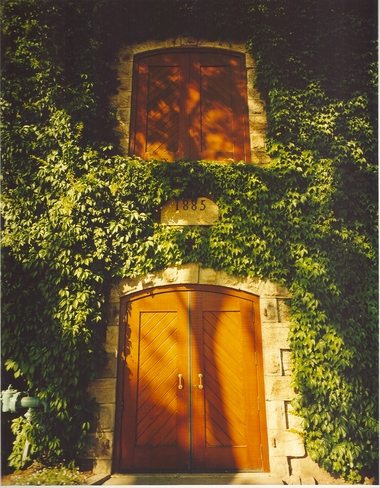


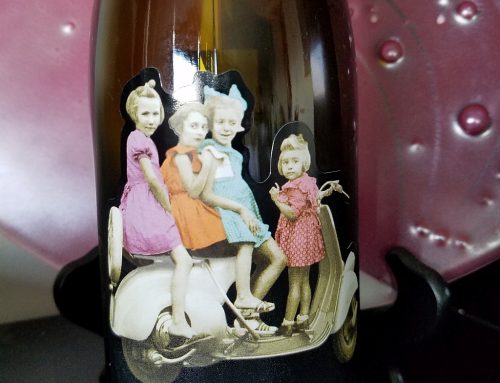
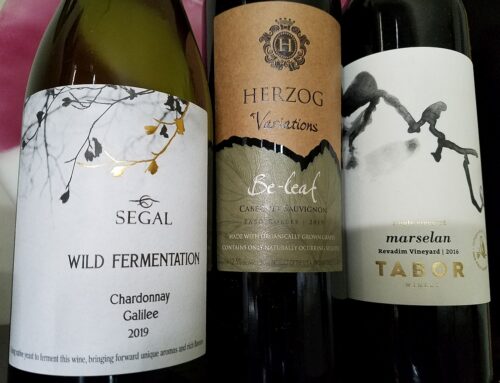
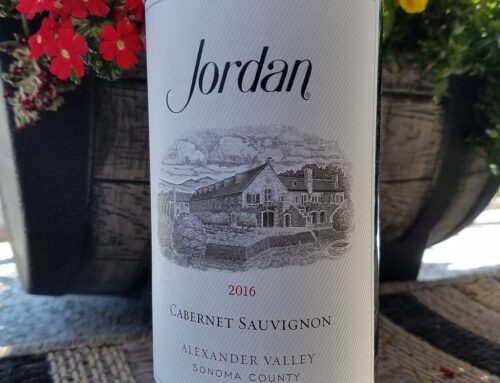
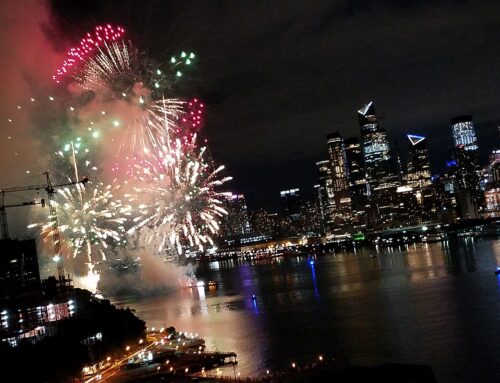
Leave A Comment